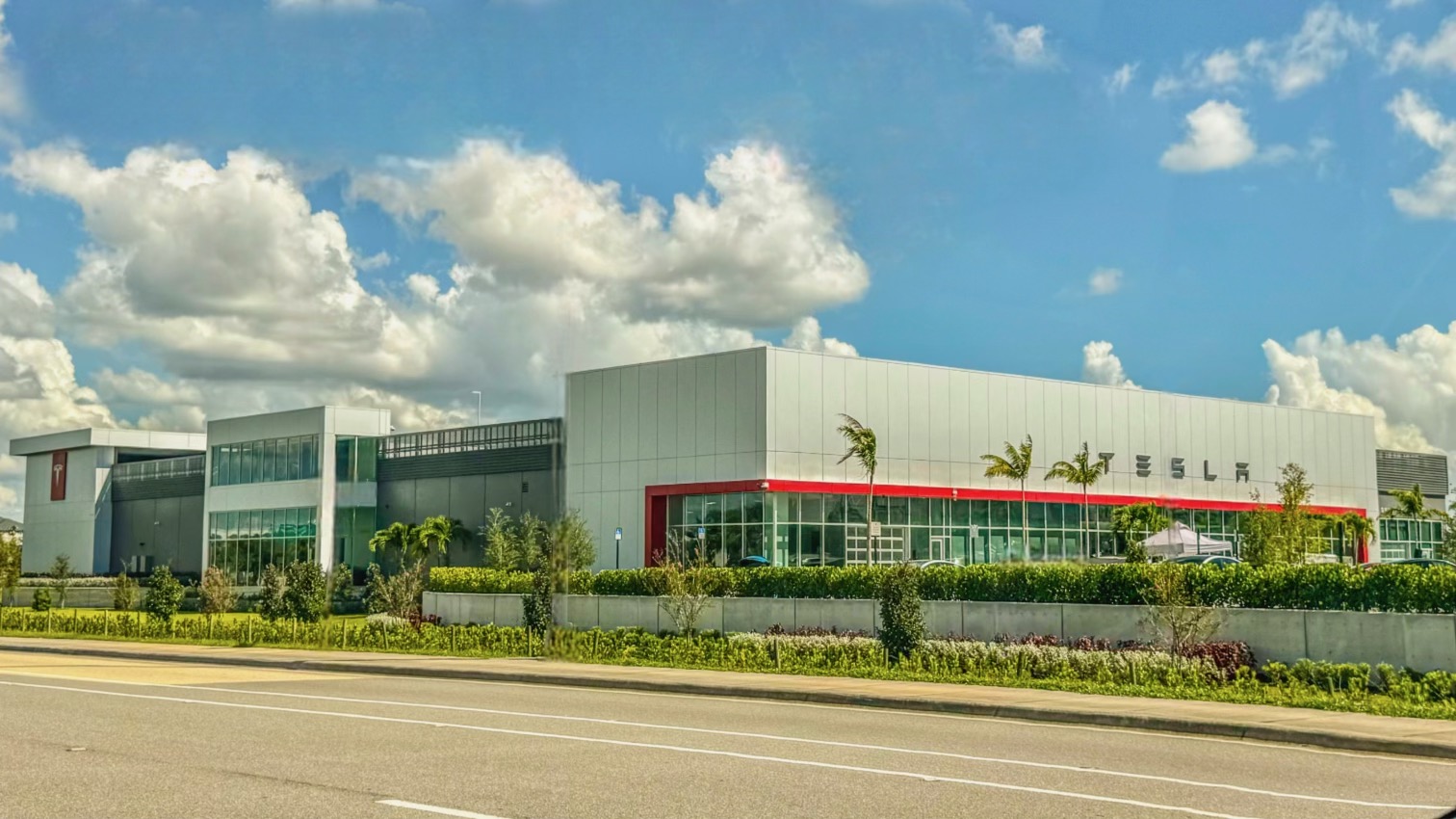Sign up for daily news updates from CleanTechnica on email. Or follow us on Google News!
While it’s true that the majority of electric vehicle (EV) charging is done at a combination of homes, shopping sites, and other Level 2 charging stations, many employees also depend on being able to add electrons while they’re at their place of employment. As reported here at CleanTechnica and elsewhere, the nation’s EV charging station network has experienced plenty of bumps along the road to full build-out, and sometimes workplace EV charging stations aren’t as reliable as they should be. If they operate inefficiently, it’s stressful — employees can’t always be confident they’ll be able to charge their cars when they reach their firm.
Kate L. Harrison, co-founder of MoveEV, is immersed in many aspects of EV daily life. She recognizes potential dilemmas in renting an EV. She cautions drivers who might want to leap into a hybrid without some careful research. And most recently she has been thinking about the need for employees to be certain that their workplace EV chargers are functioning well so they can charge easily and as a matter of routine. The following is her analysis of the state of workplace chargers in the US.
The Uncertainty about EV Charging at Work
Building and installing electric vehicle charging infrastructure is essential to achieving climate goals at every level — city, state, and national. This need is especially critical in workplaces, where 136 million US residents commuted as of 2022.
In 2023, there was 57% growth in the number of drivers looking to charge at work and only 22% growth in new installations, highlighting an inability to keep pace with rising driver demand. Employers now face the dual challenge of rationing parking spaces equipped with EV chargers and finding the budget required to install new charging units to meet both fleet driver and commuting employees’ needs.
How should employers approach the problem of meeting the demand for charging stations amid limited real estate and money?
Identifying the problem at your workplace: As electric vehicles have grown in popularity, office charging stations have become a desirable amenity for companies seeking to attract top talent. Many employers offer free charging as a perk, but for some employees, on-site charging is more than just a benefit — it’s a necessity if they are going to “drive green.” While EVs have accounted for only about 8% of US vehicle sales so far in 2024, over 40% of drivers are considering an EV as their next vehicle. Lack of reliable access to home charging can be a significant barrier to adoption.
This gap between interest and infrastructure represents both a challenge and an opportunity for employers. By addressing the charging needs of their workforce, companies can play a pivotal role in accelerating EV adoption, reducing their carbon footprint, and fostering a culture of sustainability. Investing in thoughtful and inclusive charging solutions not only supports current EV drivers but also paves the way for a greener future, where the decision to drive an electric vehicle is no longer limited by charging accessibility.
For other employees, charging their EV during the workday really is just a perk. They can charge their EVs at home and do not need the on-site charger access. Employers who make assumptions about which bucket their workers fall into run the risk of over- or under-investing in on-site charging infrastructure.
Leveraging surveys to develop solutions: Conducting workplace surveys can help employers determine the specific needs of their employees today and plan for the future. This is particularly important for organizations with a growing electric vehicle fleet, where employees drive company-owned vehicles to and from work, and large commuting populations.
Surveys can reveal which employees drive EVs, what their conversion plans are over the next few years, and their current charging options. By gathering this information, employers can identify the true demand for on-site chargers and understand how much their current infrastructure can support. This helps for prioritizing on-site EV chargers for employees who lack home charging options, ensuring those who need it most have access while reducing the strain on workplace infrastructure.
Optimizing on-site and home charging: On-site chargers can serve two purposes: fueling fleet vehicles and providing a commuting benefit for employees. To optimize their use, employers should prioritize sending fleet vehicles home to charge and reimbursing employees for their home electricity use. Leveraging off-peak rates can significantly reduce fuel spend and free up on-site chargers for fleet drivers who can’t charge at home and for other commuters.
For employees who can charge at home, offering a reimbursement program for home charging can reduce the need to build extensive on-site infrastructure. By viewing the home as an extension of your charging network, you can lower costs and minimize the pressure to keep pace with on-site demand. This dual approach not only supports current EV drivers but also encourages more employees to consider switching to electric vehicles, contributing to broader sustainability goals and reducing Scope 3 emissions.
Takeaways about the Workplace EV
The “relief valve” strategy promotes workplace equity and supports EV adoption. Instead of offering blanket at-work charging, a more nuanced and equitable solution emerges — employers responding to fleet drivers’ and commuters’ actual needs.
EV adoption is growing but not necessarily in linear fashion, making it challenging to keep pace with demand. Deciding when to install chargers and when to postpone the investment requires foresight and a careful, data-driven approach. This process begins with understanding your workforce, their commuting needs and preferences, and inviting them to collaborate on developing at-work charging policies and procedures.
Employers should explore programs that encourage home charging, reducing the need for extensive on-site infrastructure. By providing incentives for employees to charge at home, you free up workplace chargers for those who need them most, balancing convenience with cost-effectiveness.
By prioritizing a balanced and inclusive approach to EV charging and considering employees’ homes as an extension of the corporate charging infrastructure, employers can support their employees’ diverse needs while contributing to broader sustainability goals.
Kate L. Harrison is the co-founder and Head of Marketing at MoveEV, an EV transition company that helps organizations electrify fleet and commuter vehicles faster with accurate home charging reimbursement. With more than a decade of experience as a serial entrepreneur and seasoned marketer, Kate has worked with small businesses, nonprofits, and government organizations to make the world a better place. She is a best-selling author, thought leader, and frequent speaker at conferences and events, sharing her insights and experiences with others who are working to create a more sustainable future.
Have a tip for CleanTechnica? Want to advertise? Want to suggest a guest for our CleanTech Talk podcast? Contact us here.
Latest CleanTechnica.TV Videos
CleanTechnica uses affiliate links. See our policy here.
CleanTechnica’s Comment Policy





